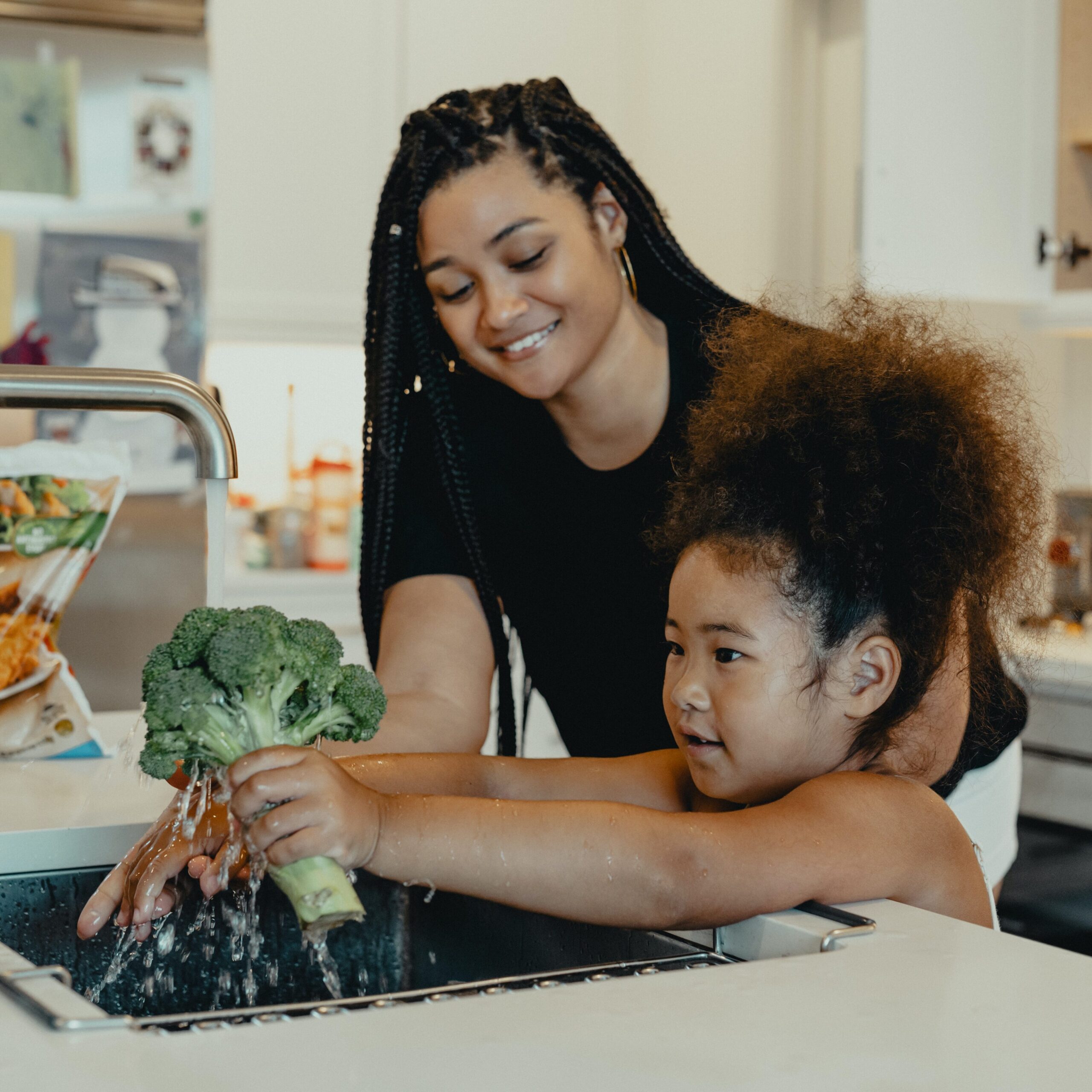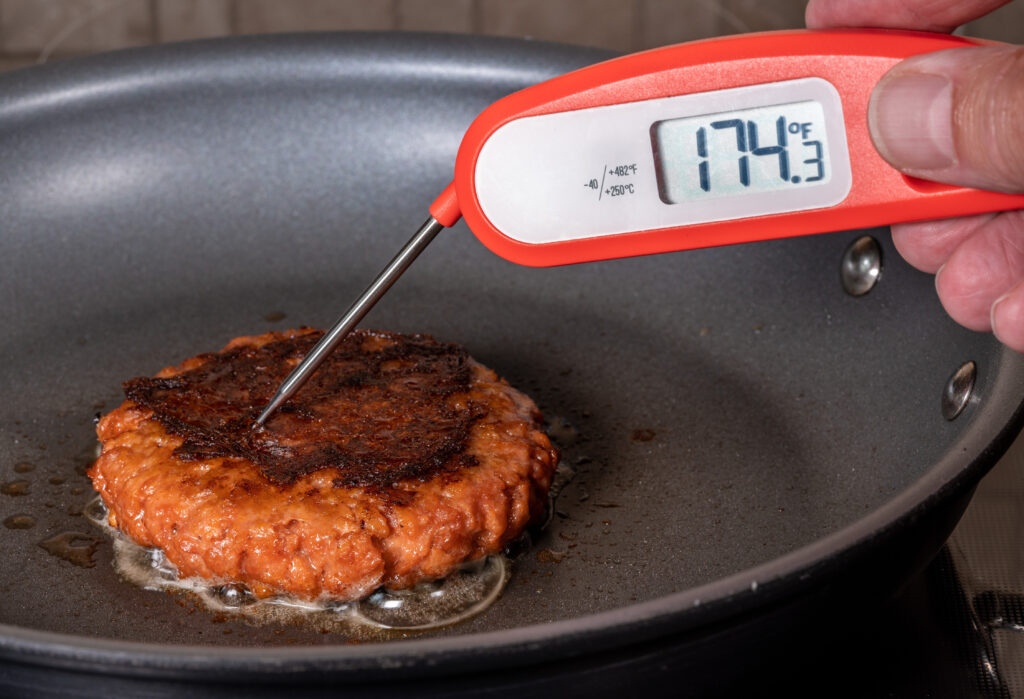Food Safety
What is foodborne illness? Sometimes referred to as food poisoning, foodborne illness can occur from consuming food or water that has been contaminated with various germs or unsafe substances. Contracting a foodborne illness can cause health issues and complications, so it is important to be aware if you or someone you know is ill and practices to prevent foodborne illness from occurring.
While everyone can be exposed to foodborne illness, some groups of individuals are more vulnerable to germs and have a difficult time fighting off illness like children, elderly people, and pregnant people.
Handling Food to Avoid Foodborne Illness
The best way to prevent foodborne illness is to properly handle and prepare food while cooking. Following the steps clean, separate, cook, and chill will assure you are safely preparing your meal.
Clean: Always wash your hands before, during, and after cooking for at least 20 seconds with soap and warm water. Make sure you, and everyone else joining the meal, also washes their hands before eating. Specifically make sure you are washing hands after handling raw food items such as uncooked meat, eggs, and seafood.
Using warm soapy water, disinfect the cooking area, utensils, and cutting boards, after preparing each food item.
Rinse fresh fruits and vegetables under water before use. Do not wash or rinse meat, fish, poultry, or eggs, this can spread bacteria.
Clean the lids of canned food items before opening

Separate: Make sure raw meat, poultry, fish and eggs are separate from all other foods throughout the entire cooking process. These items can easily spread bacteria and germs to other foods.
Keep these raw food items separate while grocery shopping, cooking, and in the fridge. Store raw meat, poultry, and seafood in sealed containers or wrap securely to avoid juice leaking into other food.
Use one cutting board or plate for all raw meat, poultry, and fish and keep all other food items on a separate cutting board or plate.
Do not reuse marinades used on raw food items unless brought to a boil first.
Cook: When food is safely cooked, its internal temperature is high enough to kill any contaminants that may cause foodborne illnesses. The only sure way to check this is with an internal temperature thermometer, you cannot always tell from looking.

Microwave thoroughly. Follow directions for cooking and standing times. When reheating food, make sure the internal temperature reaches 165°F or 74°C, you can check this using an internal temperature thermometer. Know your microwave’s wattage, which can be found inside the door, in the manual, or the manufacturer’s website
To make sure the food you are cooking has reached a safe temperature use this chart:
Chill: The “Danger Zone”, 40°F to 140°F, is when bacteria can multiply rapidly if food is left out at room temperature. Keep the refrigerator at 40°F or below and freezer at 0°F or below to ensure safe storage temperature. If your refrigerator does not have a built-in thermometer, make sure you have an appliance thermometer.
Use the “2-hour rule.” Make sure to refrigerate food within 2 hours of buying or cooking. Refrigerate within 1 hour if food has been exposed to temperatures of 90°F or higher.
Thaw frozen food in the fridge, cold water, or microwave. If thawed out at room temperature, bacteria can spread quickly. Marinate foods in the fridge as well, do not leave out on the counter.
Learn more about keeping specific food items and ingredients by clicking here.
Slow Cookers and Food Safety
Winter, spring, summer, or fall, slow cookers are great for making any kind of meal and saving you hours of prep time! Not sure how to use a slow cooker or what steps to take to make sure you are prepping your foods correctly? Click here to learn about slow cookers and food safety!